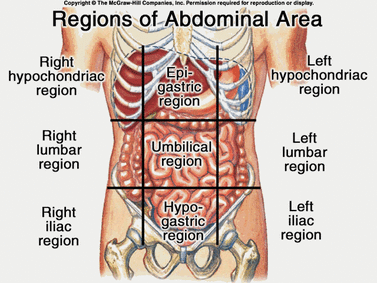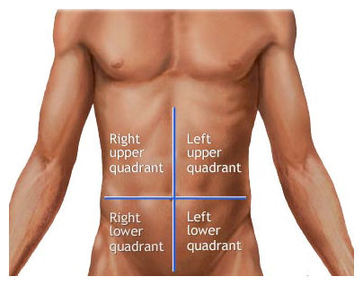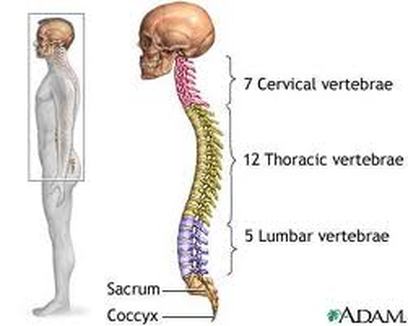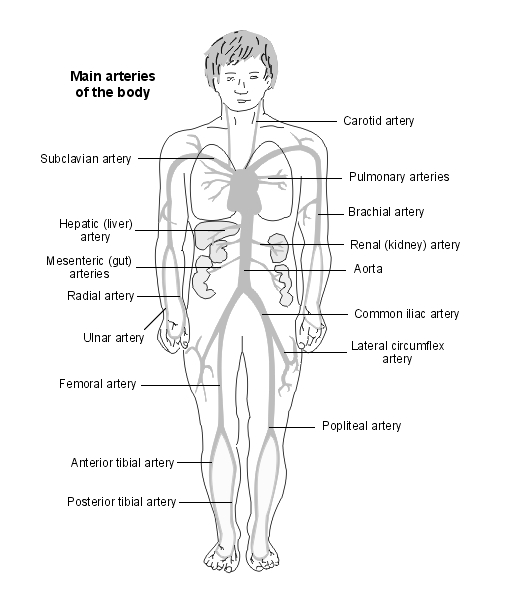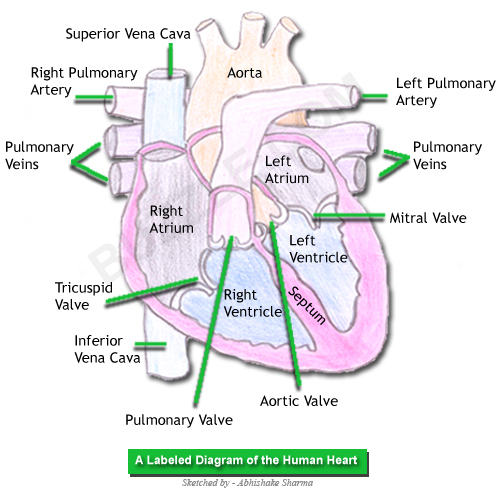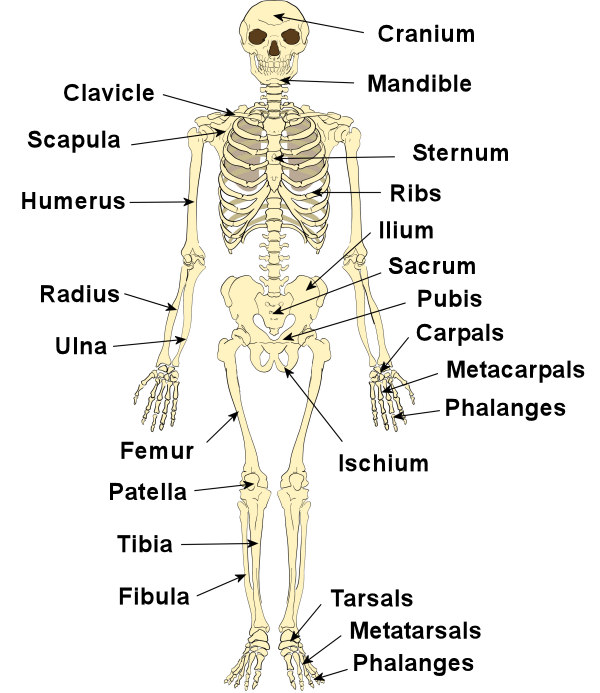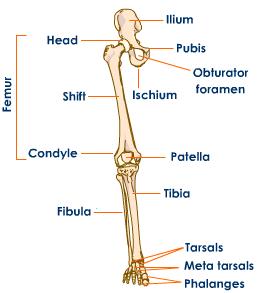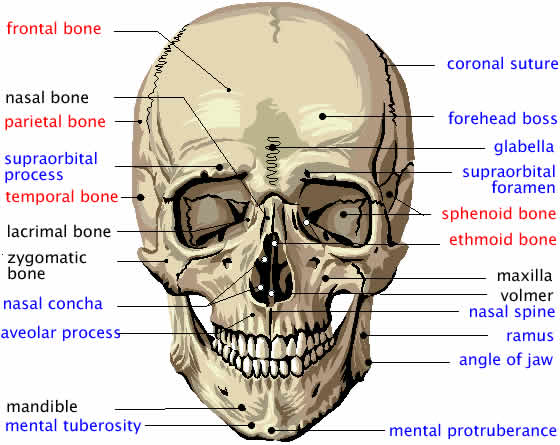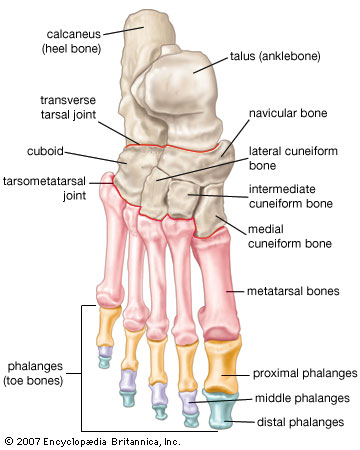Why this course?
After all the human physiology and complex biological sciences any pre-Health major has to complete in college, there is no better course or class to complete understanding as good as a study of the Language of Medicine. This course will fill in the gaps of any misunderstandings and sharpen your ability to understand or learn new diseases, disorders, procedures, and much more, found in our modern medicine and medical practice. Enjoy this course, maximize it, love it!!
Chapter 1: Basic Word Structure
Every word in medicine is made up of components, let us do a little word analysis;
Key important elements of medical terms are:
Root, Suffix, Prefix, Combining vowel, and combining form.
Consider the word rhinitis:
Root: rhin
Combining vowel: o/
Combining form: rhin/o
Suffix: itis, meaning inflammation
rhinitis means inflammation of the nose.
Root: rhin
Combining vowel: o/
Combining form: rhin/o
Suffix: itis, meaning inflammation
rhinitis means inflammation of the nose.
Basic Combining forms and Meanings.
Chapter 2: Terms pertaining to the Body as a Whole
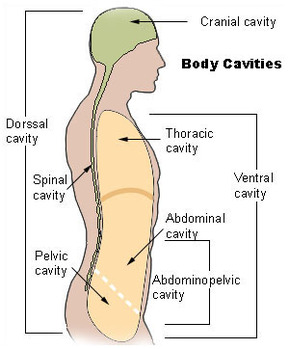
Five main body cavities
1. Cranial
2. Thoracic
A. Pleural cavity
B. Mediastinum cavity
3. Abdominal
4. Pelvic
5. Spinal
Coupled with body cavities are the organs and tissue systems of the abdominopelvic regions and quadrants of the human body. Below are some pictured examples.
1. Cranial
2. Thoracic
A. Pleural cavity
B. Mediastinum cavity
3. Abdominal
4. Pelvic
5. Spinal
Coupled with body cavities are the organs and tissue systems of the abdominopelvic regions and quadrants of the human body. Below are some pictured examples.
Understanding the Spinal Column
The spinal column is composed of a series of bones extending from the neck to the tailbone. Each bone is called a vertebra (singular, or vertebrae for plural). This should not be confused with the spinal cord (which is nervous tissue or nerves surrounded by the column).
Below are images displaying the divisions of the spinal column which you need to know for this class.
Below are images displaying the divisions of the spinal column which you need to know for this class.
C1 to S5 vertebrae
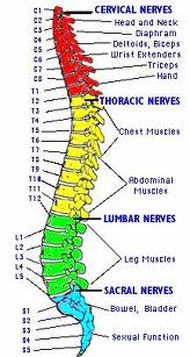
Image taken from Disabled-world.com
Notice there are
|
New Terminology Introduced in Chapter 2
Chapter 3: Suffixes
In the previous chapters you have been learning root forms and basic anatomy. This entire chapter devoted to suffixes aids to describing diseases, physiological processes, instruments, and much more. Suffixes are used to describe what is going on in a particular area of the body. If you know and master your suffixes then you will have very little memorization to do in the health field. Also there are more than one suffixes sometimes carrying the same meaning. Beware of that as well.
EXAMPLES
Suffix "malacia" meaning softening.
Can be combined with any root word such as osteo/o (bone), chondr/o (cartilage), arthr/o (joint), etc
So if you hear a physician or nurse say, "patient is suffering from osteomalacia," what would you interpret??
Or Chondromalacia??
Another example: the suffix "emia" means blood condition.
Can be combined with roots forms such as an/o (decrease), isch/o (to hold back), etc.
So if someone is has anemia or ischemia, what would be your interpretation?
Suffix "malacia" meaning softening.
Can be combined with any root word such as osteo/o (bone), chondr/o (cartilage), arthr/o (joint), etc
So if you hear a physician or nurse say, "patient is suffering from osteomalacia," what would you interpret??
Or Chondromalacia??
Another example: the suffix "emia" means blood condition.
Can be combined with roots forms such as an/o (decrease), isch/o (to hold back), etc.
So if someone is has anemia or ischemia, what would be your interpretation?
Chapter 4: Prefixes
Just like chapter 3, the objective of this chapter is the strengthen the foundation of word structure in medicine. This chapter introduces more combining forms and different prefixes that can be added to root words to add meaning or interpretation without need of creating completely new word for every disorder, disease, symptom, or procedure.
For example:
In the last chapter I used the example of anemia, which mean literally no blood. However, in everyday medicine, anemia is used to describe a reduction in erythrocytes or hemoglobin in a patient's blood. Hence the addition of the prefix Aplastic to anemia = Aplastic anemia: a severe type of anemia, when the bone marrow fails to produce all blood cells (that is erthyro, leuko, and thrombo - cytes)
So in this chapter we will see how different prefixes can add meaning to what we have already learned so far.
For example:
In the last chapter I used the example of anemia, which mean literally no blood. However, in everyday medicine, anemia is used to describe a reduction in erythrocytes or hemoglobin in a patient's blood. Hence the addition of the prefix Aplastic to anemia = Aplastic anemia: a severe type of anemia, when the bone marrow fails to produce all blood cells (that is erthyro, leuko, and thrombo - cytes)
So in this chapter we will see how different prefixes can add meaning to what we have already learned so far.
